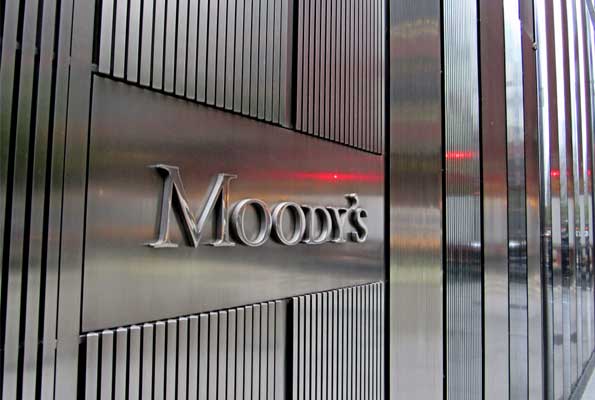As a result of Saudi Arabia’s reform goal and high oil prices, Moody’s Investor Service has upgraded the country’s banking system’s outlook from stable to positive. This will result in increased economic growth, business confidence, and government spending.
In the non-hydrocarbon sectors of the economy, where banks conduct the majority of their business, this, according to the ratings agency, is fostering persistent growth. Spending growth will result in non-oil GDP growing by about 4.7% in 2023. Also, high credit demand and improved loan performance are projected to result in significant profits for banks.
During an interaction with Zawya, top analyst Ashraf Madani and other experts said that the Kingdom’s overall capital ecosystem would remain robust because of strong internal capital generation and flexible dividend payouts.
Higher rates are causing depositors to switch to more expensive term deposits, which is challenging banks and reducing their interest margins. Additionally, they run the risk of being overly dependent on single, sizable depositors like the government and public corporations.
Large government projects are increasing the need for corporate lending. Residential mortgage growth will keep rising, helped along by a government programme to promote home ownership and an uptick in the employment outlook.
According to Moody’s, lending to the private sector will increase by 9% to 10%. The growth in new orders and output in the non-oil private sector decreased during May, according to last week’s S&P Global UAE Purchasing Managers’ Index (PMI). Despite this, the index was a healthy 58.5, much higher than the growth threshold of 50.0.
As per another market assessment by Boston Consulting Group, the Kingdom’s banking revenue hit SAR 57 billion in 2022, up from SAR 50 billion in 2021. While operating expenses did rise too, they grew at a much slower pace than the revenue generation, leading to a profit windfall. Combined, Saudi banks recorded a 14% rise in profits in 2022 compared to the previous 12 months.
The researchers also noted that profits after taxes in the Kingdom have grown at an average of 7.9% CAGR (Compound Annual Growth Rate) per year since 2016, although there have been huge variations within that time frame due to global events like the COVID-19 pandemic and the Ukraine war.



